Find Help
More Items From Ergsy search
-

Lumbar surgery | NHS
Relevance: 100%
-
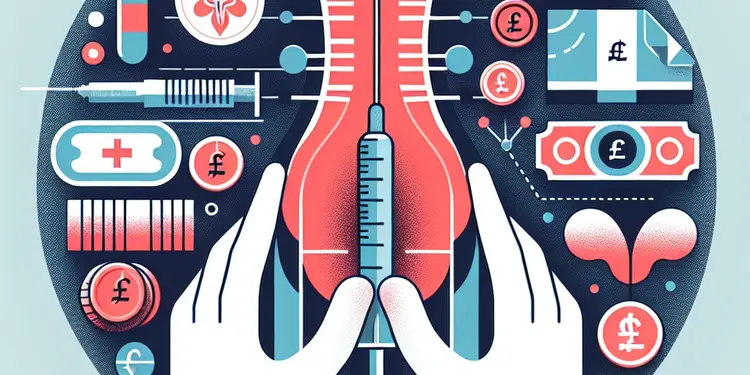
What is a lumbar puncture?
Relevance: 65%
-

Prostate Surgery
Relevance: 38%
-

Weight Loss Surgery
Relevance: 36%
-

A journey to hip surgery
Relevance: 35%
-

Is surgery necessary for Crohn's disease?
Relevance: 34%
-

On the day of your cataract surgery
Relevance: 33%
-

Evidence-Based Interventions: haemorrhoid surgery
Relevance: 33%
-
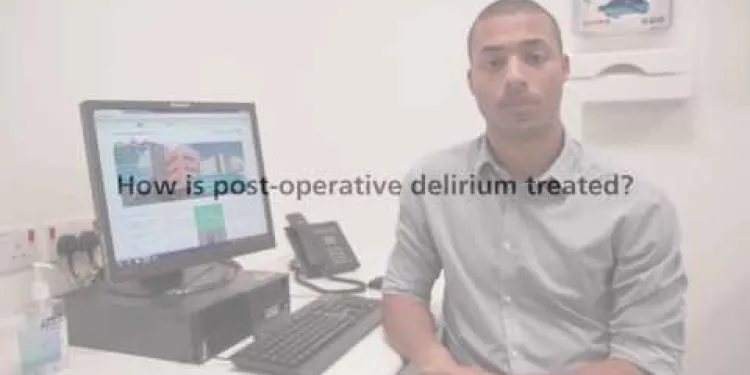
Experiencing delirium after surgery
Relevance: 33%
-

How do I prepare for hip replacement surgery?
Relevance: 32%
-
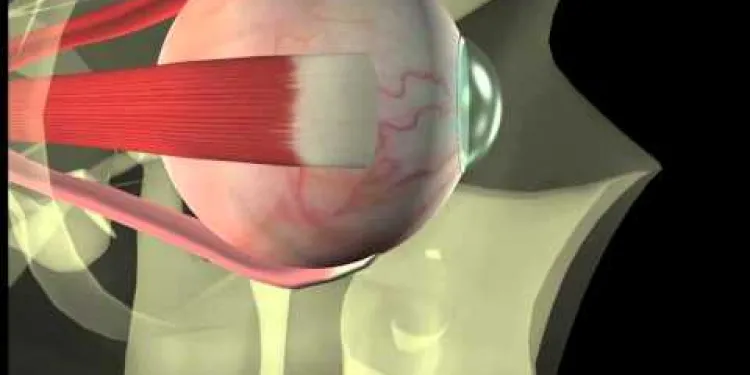
Thyroid eye disease. Squint surgery - The operation
Relevance: 31%
-

What is minimally invasive hip replacement surgery?
Relevance: 31%
-

What is the likelihood of needing surgery for suspected appendicitis?
Relevance: 31%
-

What are the risks associated with hip replacement surgery?
Relevance: 30%
-
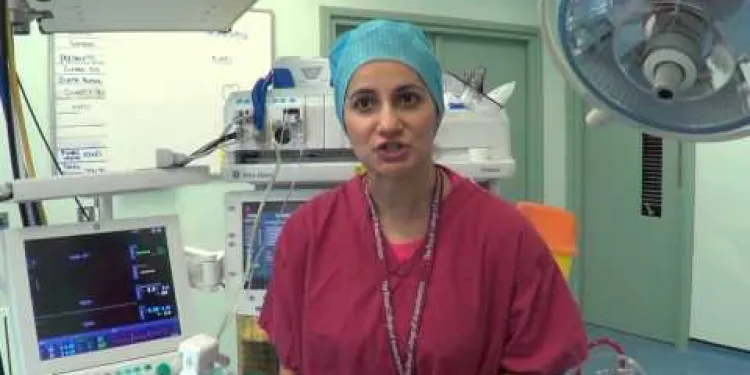
Enhanced Recovery After Surgery in Forth Valley
Relevance: 30%
-

Inpatient Surgery at North Bristol NHS Trust
Relevance: 30%
-
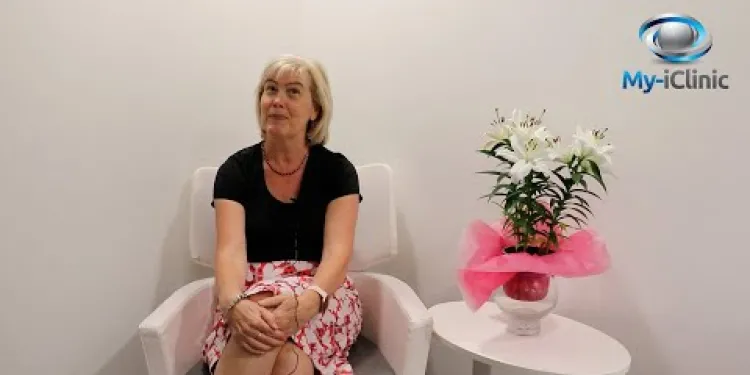
Cataract surgery can resolve life long short-sightedness?!
Relevance: 30%
-

How long does a hip replacement surgery take?
Relevance: 30%
-

How much does hip replacement surgery cost in the UK?
Relevance: 30%
-

Undergoing day case surgery at University Hospitals Bristol
Relevance: 29%
-

What does Carpal Tunnel Syndrome surgery involve?
Relevance: 29%
-
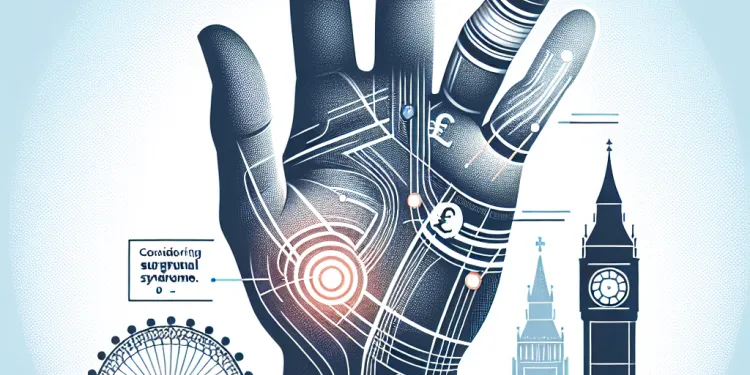
When should I consider surgery for Carpal Tunnel Syndrome?
Relevance: 29%
-

What is the recovery time after Carpal Tunnel Surgery?
Relevance: 29%
-
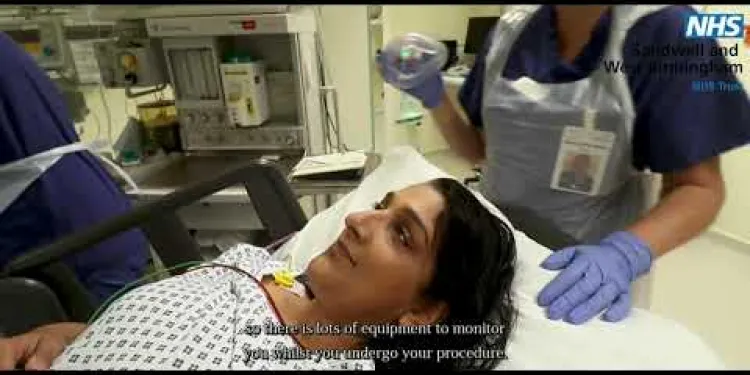
What to expect when visiting our hospitals for surgery | Theatres
Relevance: 29%
-
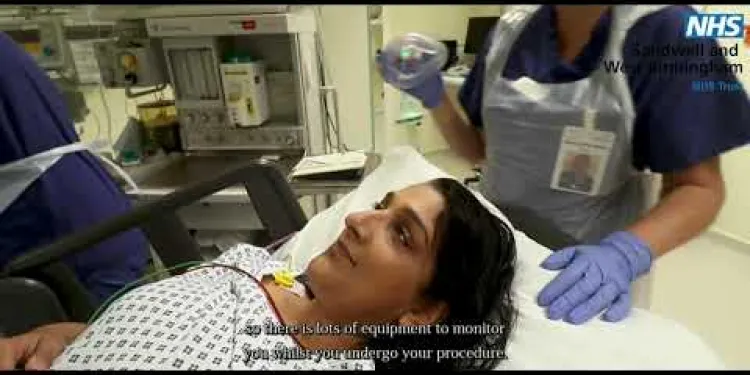
What to expect when visiting our hospitals for surgery | Theatres
Relevance: 28%
-
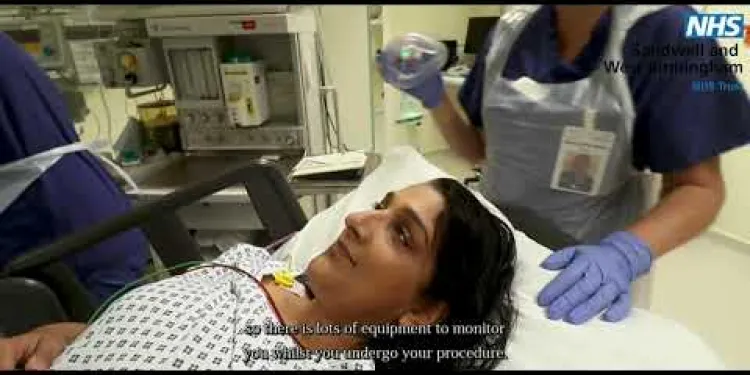
What to expect when visiting our hospitals for surgery | Theatres
Relevance: 28%
-
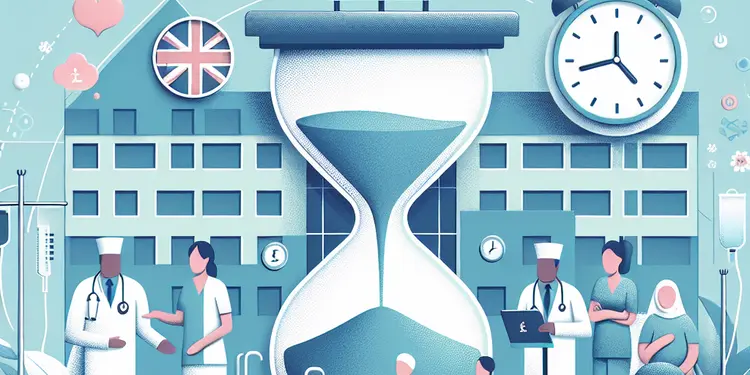
NHS Faces Backlash Over Record-Breaking Surgery Waiting Times
Relevance: 28%
-

What type of anaesthesia is used during hip replacement surgery?
Relevance: 28%
-

Post hand surgery - Stiffness management and trigger finger
Relevance: 28%
-
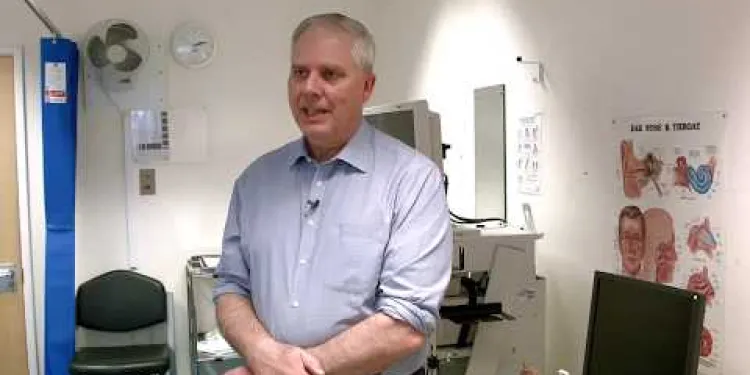
Evidence-Based Interventions: snoring surgery in the absence of Obstructive Sleep Apnoea (OSA)
Relevance: 27%
-

Your anaesthetic choices for your planned hip or knee replacement surgery at the RUH.
Relevance: 27%
-
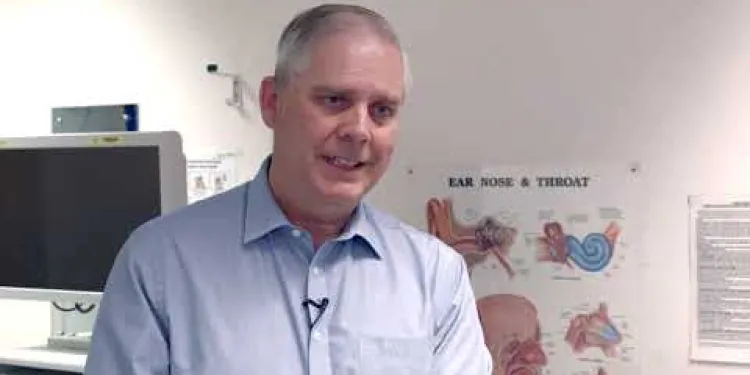
Evidence-Based Interventions: tonsillectomy for recurrent tonsillitis surgery
Relevance: 27%
-
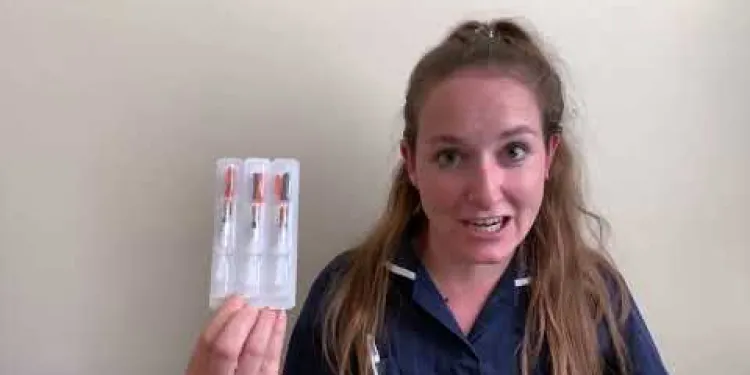
Bariatric Surgery - What to expect when you come to hospital for your operation.
Relevance: 27%
-
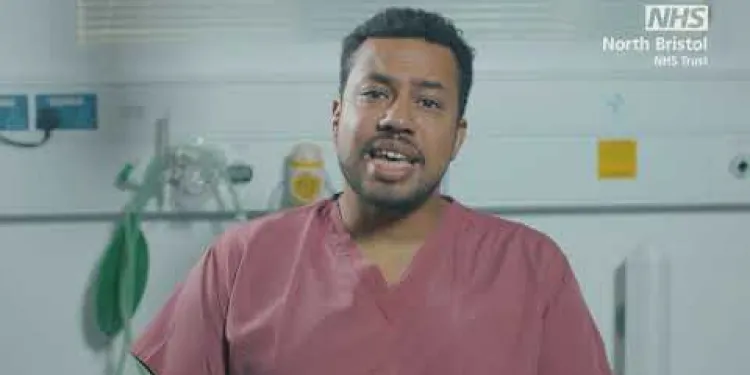
Surgery under local anaesthetic in the Minor Ops Unit at North Bristol NHS Trust
Relevance: 24%
-

How is meningitis diagnosed?
Relevance: 24%
-
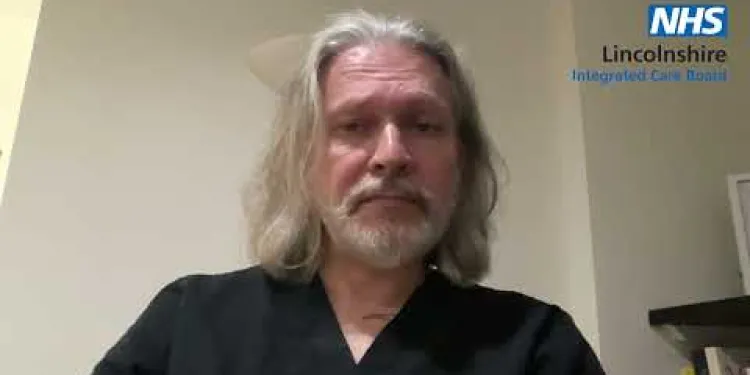
Getting to know your Testicles: Testicular Cancer Awareness with Dr James Howarth, Spilsby Surgery
Relevance: 20%
-
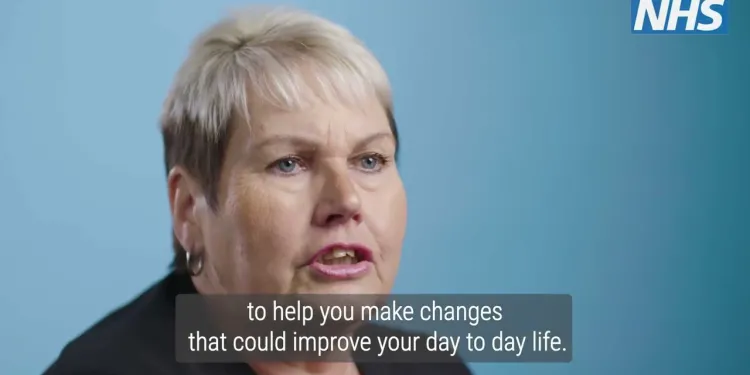
Social Prescribing Link Workers are part of new health and wellbeing services in NHS surgeries
Relevance: 20%
-

What is meningitis?
Relevance: 20%
-

What is spinal anaesthesia?
Relevance: 18%
-

What can I expect during the first few weeks after hip replacement surgery?
Relevance: 18%
Understanding Lumbar Surgery | NHS
What is Lumbar Surgery?
Lumbar surgery, otherwise known as spinal or lower back surgery, is a medical procedure aimed at alleviating pain and restoring function in the lower back. This type of surgery is often considered when conservative treatments such as medications, physical therapy, and lifestyle modifications have been ineffective. The main goal is to relieve pressure on the spinal nerves, correct abnormalities in the spine, or stabilize the spinal bones.Types of Lumbar Surgery
There are several types of lumbar surgery, each suited to different conditions: - **Discectomy**: Removes part of a herniated disc that's pressing on a nerve. - **Laminectomy**: Removes part of the vertebra to create more space for the nerves. - **Spinal Fusion**: Joins two or more vertebrae together to restrict movement and reduce pain. - **Foraminotomy**: Enlarges the area where nerve roots exit the spinal canal.When is Lumbar Surgery Recommended?
Lumbar surgery is recommended for various conditions. These include herniated discs, spinal stenosis, spondylolisthesis, and severe degenerative disc disease. Symptoms that may prompt surgical intervention include chronic lower back pain, sciatica, numbness, weakness in the legs, and difficulty walking or standing. It is essential to have a thorough consultation with an NHS specialist to evaluate your specific needs.The Procedure and Recovery
The specifics of the surgery will depend on the type and extent of the procedure. Most lumbar surgeries are carried out under general anaesthesia. Post-surgery, recovery can vary but typically includes hospital stays ranging from one to several days. Rehabilitation may involve physical therapy and gradual return to normal activities. Pain management and careful adherence to post-operative instructions are crucial for a successful recovery.Risks and Benefits
As with any surgery, lumbar surgery carries risks, including infection, blood clots, nerve damage, and adverse reactions to anaesthesia. However, for many patients, the benefits—such as significant pain relief, improved mobility, and enhanced quality of life—far outweigh these risks. Before deciding on surgery, discuss potential risks and benefits with your NHS healthcare provider to make an informed decision.How to Access Lumbar Surgery through NHS
To access lumbar surgery through the NHS, you will typically need a referral from your General Practitioner (GP) to a specialist. The NHS aims to provide timely and quality care, but it is important to be aware that waiting times can vary. Once referred, you will undergo a series of evaluations and diagnostic tests to determine the necessity and type of surgery required. The NHS offers comprehensive pre- and post-surgical care to optimize patient outcomes.Conclusion
Lumbar surgery can be a life-changing procedure for those suffering from debilitating lower back conditions. By understanding the various types, indications, and the process involved, patients in the United Kingdom can make informed decisions and seek appropriate care through the NHS. Always consult with healthcare professionals to determine the best course of action for your specific health needs.Understanding Lumbar Surgery | NHS
What is Lumbar Surgery?
Lumbar surgery is an operation on your lower back. Doctors do this surgery to help with pain and make your back work better. Doctors think about this surgery when other treatments, like medicine or exercise, don't work. The aim is to help with pressure on the nerves in your spine or to fix problems in your spine bones.Types of Lumbar Surgery
There are different operations for different problems: - **Discectomy**: Takes out part of a disc that is pressing on a nerve. - **Laminectomy**: Takes out part of a backbone to make space for nerves. - **Spinal Fusion**: Joins two or more backbones to stop them moving and hurting. - **Foraminotomy**: Makes more space for nerve roots to leave the spine safely.When is Lumbar Surgery Recommended?
Doctors may suggest lumbar surgery for problems like herniated discs or when the spine is too tight or slips. Surgery might be needed if someone has long-term back pain, sciatica, numbness, weak legs, or trouble walking or standing. It's important to talk with an NHS specialist to see what’s best for you.The Procedure and Recovery
The surgery details depend on what needs fixing. Usually, it is done with you asleep (general anaesthesia). After surgery, recovery can take a few days in the hospital. You might need physical therapy and to slowly get back to normal. It's important to follow the doctor's advice after surgery to recover well.Risks and Benefits
Every surgery has risks, like infection or nerve damage. There could also be problems with anaesthesia. But many people find that the pain relief and better movement make it all worth it. Always talk with your NHS doctor about what’s good and bad about the surgery to help you decide.How to Access Lumbar Surgery through NHS
To get lumbar surgery with the NHS, you need your GP to send you to a specialist. Sometimes you have to wait for surgery, but NHS tries to help quickly. You will have checks and tests to see what surgery you need. NHS will help with care before and after your surgery to make sure you do well.Conclusion
Lumbar surgery can change lives for people with bad lower back problems. By knowing about the types and what happens, you can make the best choices and get the right help with the NHS. Always talk to healthcare professionals to find out what's best for your health needs.Frequently Asked Questions
What is lumbar surgery?
Lumbar surgery refers to a variety of surgical procedures aimed at alleviating pain or discomfort in the lower back region. Common types include lumbar decompression surgery, spinal fusion, and discectomy.
Who is a candidate for lumbar surgery?
Patients who typically undergo lumbar surgery are those who have not found relief from conservative treatments like physiotherapy, medications, or injections. Conditions such as herniated discs, spinal stenosis, or degenerative disc disease often require surgical intervention.
What are the risks associated with lumbar surgery?
Risks can include infection, blood clots, nerve injury, and complications from anaesthesia. Your surgeon will discuss these risks in detail before the procedure.
How long is the recovery period after lumbar surgery?
Recovery times can vary. Some patients may return to light activities within a few weeks, while others might require several months of rehabilitation. Your specific recovery plan will be tailored to your situation.
Will I need physical therapy after lumbar surgery?
Yes, physical therapy is often a critical component of the recovery process post-lumbar surgery. It helps restore mobility, strength, and functionality in your lower back.
What is lumbar decompression surgery?
Lumbar decompression surgery is a procedure to relieve pressure on the spinal cord or nerves, often caused by conditions like spinal stenosis. It can involve removing a portion of the bone or disc material that is causing compression.
What is spinal fusion?
Spinal fusion is a surgical procedure where two or more vertebrae are permanently joined to eliminate motion between them, often to treat conditions like degenerative disc disease or spondylolisthesis.
Can lumbar surgery be performed as an outpatient procedure?
Some lumbar surgeries, particularly minimally invasive ones, can be performed as outpatient procedures. However, more complex surgeries may require a hospital stay.
How successful is lumbar surgery?
Success rates vary depending on the type of surgery and the condition being treated. Many patients experience significant pain relief and improved function, but outcomes can be influenced by factors like overall health and adherence to post-surgery rehabilitation.
What is a microdiscectomy?
A microdiscectomy is a minimally invasive surgery where a small portion of a herniated disc is removed to relieve pressure on the spinal nerve. It is often used to treat sciatica.
Will I be in pain after lumbar surgery?
Some pain and discomfort following surgery are normal. Pain management strategies, including medications and physical therapy, will be employed to help you during the recovery process.
How soon can I return to work after lumbar surgery?
The timeline for returning to work depends on the type of surgery and your job's physical demands. Light desk jobs may allow a return within a few weeks, while more physically demanding jobs could require a longer recovery period.
What should I do if I experience complications after lumbar surgery?
Contact your healthcare provider immediately if you experience signs of infection, severe pain, or other complications. Follow-up appointments are crucial for monitoring your recovery.
Are there non-surgical alternatives for treating lumbar spine issues?
Non-surgical options can include physiotherapy, medications, spinal injections, and lifestyle modifications. Your doctor will discuss these alternatives if surgery is not immediately necessary.
How can I prepare my home for my return after lumbar surgery?
Ensure your home is safe and comfortable for your recovery. This can include arranging for help with daily activities, setting up a rest area with necessary supplies within reach, and removing obstacles to avoid falls.
What is lumbar surgery?
Lumbar surgery is an operation on the lower back.
It helps fix problems with the spine. The spine is a row of bones in your back.
If you have pain in your lower back, the doctor might suggest lumbar surgery.
Doctors use special tools to do the surgery. It helps people feel better.
If you want to know more, you can use a reading tool to read it out loud.
Lower back surgery means different kinds of operations to help with pain or problems in the lower back. Some common types of surgery are:
- Decompression Surgery: This helps relieve pressure on the spine.
- Spinal Fusion: This joins two bones in the back to make them stronger.
- Discectomy: This takes out a piece of the spine that is causing pain.
If you find reading difficult, you can use tools like text-to-speech software. Listening to the words can help you understand better!
Who can have back surgery?
People usually have back surgery when other treatments don't help. These other treatments might be exercise therapy, taking medicine, or getting special shots.
People might need back surgery if they have problems like slipped discs, narrowing of the spine, or old and worn-out discs.
If it's hard to read this, you can use tools like text-to-speech which can read this out loud to you, or highlight important words to help you understand better.
What can go wrong with back surgery?
Back surgery can help with pain, but sometimes things can go wrong. Here are some things to be careful about:
- You might still have pain.
- You could get an infection.
- Sometimes there might be bleeding.
- You may feel weak or numb in your back or legs.
- You might need more surgery later.
It's good to talk to your doctor about these things. You can also use tools like pictures or videos to understand better.
There are some things that might go wrong when you have surgery. You could get an infection, which is like getting sick. Blood clots might happen, which means your blood gets sticky inside you. Sometimes, nerves can get hurt. The medicine that makes you sleepy for the surgery, called anaesthesia, can also cause problems. The doctor who does your surgery will talk to you about these things before your surgery.
How long does it take to get better after back surgery?
People get better at different speeds. Some people can do easy things after a few weeks. Other people may need a few months to get better.
Your doctor will make a plan just for you to help you get better.
Use tools like reminders to rest and apps to track how you feel. Ask for help if you need it. You're not alone!
Will I need help to get better after back surgery?
Yes, physical therapy is very important after you have back surgery. It helps you move better and get stronger in your lower back.
What is lumbar decompression surgery?
Lumbar decompression surgery is an operation on the lower back. It helps if you have pain and pressure on the nerves in your back. This surgery makes more space around the nerves. It can help you feel better.
If you find this hard to read, you can ask someone to explain it to you. Drawing a picture might also help you understand.
Lumbar decompression surgery helps take pressure off your spine. This pressure can make your back hurt. Doctors do this surgery when something is pressing on the spine or nerves. This might be because of a problem called spinal stenosis. During the surgery, doctors take out a little bit of bone or disc to make more room.
Tools that might help you understand better are picture cards or videos about the surgery. You can also ask someone to read this with you and explain it. If you feel unsure, you can say what's confusing, and they can help you understand.
What is spinal fusion?
Spinal fusion is a type of surgery.
Doctors do this surgery on your spine (backbone).
They join two or more bones in your spine together.
This can help make your back stable and strong.
If you find reading hard, you can:
- Ask someone to read this to you.
- Use a computer tool that reads words out loud.
Spinal fusion is a type of surgery. In this surgery, doctors join two or more bones in the spine together. This stops the bones from moving. It is used to help with problems like back pain.
If you find reading hard, you can use tools like audiobooks or text-to-speech to listen to the words instead of reading them. It can make understanding easier!
Can you have back surgery and go home the same day?
Some back surgeries are quick, so you can go home the same day. These are called outpatient surgeries. If the surgery is hard, you might need to stay in the hospital for a while.
Does back surgery work well?
How well surgery works can be different. It depends on what type of surgery it is and what problem it is fixing. Many people feel much better and do not have as much pain. They can move better too. But to feel better, you need to be healthy and follow doctor's advice after surgery.
Tools and tips to help you understand better: - Use pictures to learn about the surgery. - Ask someone to explain the hard parts. - Write down questions to ask the doctor.
What is a microdiscectomy?
A microdiscectomy is a type of surgery. It helps fix back problems.
Doctors do the surgery on your spine (the bones in your back). They take out a small part of a disc. A disc is like a cushion between the bones.
This surgery can help if you have pain in your leg or back.
If you find reading or understanding this hard, you can:
- Ask someone to explain it to you.
- Use pictures to help you understand.
- Listen to an audio version if you can.
A microdiscectomy is a small surgery. Doctors do this when part of your back is hurting a nerve. They take out a tiny piece of a hurt back disc. This helps stop pain in your leg or back, called sciatica.
Will my back hurt after the surgery?
It is normal to feel some pain and discomfort after surgery. There are ways to help manage the pain, like using medicine and doing physical therapy exercises. These will help you feel better while you get better.
When can I go back to work after back surgery?
How soon you can go back to work after surgery depends on two things:
1. What kind of surgery you had.
2. What kind of work you do.
If you work at a desk, you might be able to go back in a few weeks.
If your job is more physical, it might take longer to go back to work.
To help you, you can:
- Ask your doctor when it’s safe to go back.
- Take enough rest and listen to your body.
- Talk to your workplace about how they can help.
What should I do if I have problems after back surgery?
Talk to your doctor right away if you feel sick, have bad pain, or other problems. Going to the doctor after your treatment is very important to help you get better.
Can you help back pain without surgery?
Some people have back pain. Often, the pain is in the lower back. This is called "lumbar spine issues." You may not need surgery to feel better.
Here are some ways to help:
- Exercise: Moving around can make your back stronger. Try walking or stretching.
- Physical Therapy: A therapist can show you special exercises for your back.
- Hot and Cold Packs: Put a warm pack or a cold pack on your back to ease pain.
- Medicine: Some medicines can help with pain. Talk to a doctor about which ones might be good for you.
- Supportive Tools: Use a brace or special cushion to support your back.
- Relaxation Techniques: Try deep breathing or meditation to help your body relax.
Talk to a doctor or therapist about what might work best for you.
There are ways to help without surgery. You can try:
- Physiotherapy: Exercises to make you stronger and feel better.
- Medications: Pills or creams to help with pain.
- Spinal injections: Special shots to help your back.
- Changing what you do every day: Like moving more or eating better.
Your doctor will talk to you about these choices if you don't need surgery right now.
How can I get my home ready after my back surgery?
Here is how to make your home safe and comfy:
- Take away things you might trip on, like loose rugs or toys.
- Put things you need often at waist height so you don't have to bend down or reach up.
- Have a chair with a firm back and armrests to help you sit and stand easily.
- Use a handrail in the bathroom or shower to keep you steady.
- Ask a friend or family member to help you with things like shopping or cleaning.
You can also use these tools:
- Reacher: A tool with long arms to grab things without bending.
- Shower chair: A safe place to sit when you wash.
- Grab bars: Strong bars for holding onto in the bathroom.
Remember to take things slow and ask for help if you need it.
Make your home safe and comfy while you get better. You can ask someone to help you with things like cooking and cleaning. Set up a nice place to rest with things you might need close by, like water and snacks. Move things that you might trip over to keep from falling.
Useful Links
- Ergsy carfully checks the information in the videos we provide here.
- Videos shown by Youtube after a video has completed, have NOT been reviewed by ERGSY.
- To view, click the arrow in centre of video.
- Most of the videos you find here will have subtitles and/or closed captions available.
- You may need to turn these on, and choose your preferred language.
- Go to the video you'd like to watch.
- If closed captions (CC) are available, settings will be visible on the bottom right of the video player.
- To turn on Captions, click settings .
- To turn off Captions, click settings again.
More Items From Ergsy search
-

Lumbar surgery | NHS
Relevance: 100%
-

What is a lumbar puncture?
Relevance: 65%
-

Prostate Surgery
Relevance: 38%
-

Weight Loss Surgery
Relevance: 36%
-

A journey to hip surgery
Relevance: 35%
-

Is surgery necessary for Crohn's disease?
Relevance: 34%
-

On the day of your cataract surgery
Relevance: 33%
-

Evidence-Based Interventions: haemorrhoid surgery
Relevance: 33%
-

Experiencing delirium after surgery
Relevance: 33%
-

How do I prepare for hip replacement surgery?
Relevance: 32%
-

Thyroid eye disease. Squint surgery - The operation
Relevance: 31%
-

What is minimally invasive hip replacement surgery?
Relevance: 31%
-

What is the likelihood of needing surgery for suspected appendicitis?
Relevance: 31%
-

What are the risks associated with hip replacement surgery?
Relevance: 30%
-

Enhanced Recovery After Surgery in Forth Valley
Relevance: 30%
-

Inpatient Surgery at North Bristol NHS Trust
Relevance: 30%
-

Cataract surgery can resolve life long short-sightedness?!
Relevance: 30%
-

How long does a hip replacement surgery take?
Relevance: 30%
-

How much does hip replacement surgery cost in the UK?
Relevance: 30%
-

Undergoing day case surgery at University Hospitals Bristol
Relevance: 29%
-

What does Carpal Tunnel Syndrome surgery involve?
Relevance: 29%
-

When should I consider surgery for Carpal Tunnel Syndrome?
Relevance: 29%
-

What is the recovery time after Carpal Tunnel Surgery?
Relevance: 29%
-

What to expect when visiting our hospitals for surgery | Theatres
Relevance: 29%
-

What to expect when visiting our hospitals for surgery | Theatres
Relevance: 28%
-

What to expect when visiting our hospitals for surgery | Theatres
Relevance: 28%
-

NHS Faces Backlash Over Record-Breaking Surgery Waiting Times
Relevance: 28%
-

What type of anaesthesia is used during hip replacement surgery?
Relevance: 28%
-

Post hand surgery - Stiffness management and trigger finger
Relevance: 28%
-

Evidence-Based Interventions: snoring surgery in the absence of Obstructive Sleep Apnoea (OSA)
Relevance: 27%
-

Your anaesthetic choices for your planned hip or knee replacement surgery at the RUH.
Relevance: 27%
-

Evidence-Based Interventions: tonsillectomy for recurrent tonsillitis surgery
Relevance: 27%
-

Bariatric Surgery - What to expect when you come to hospital for your operation.
Relevance: 27%
-

Surgery under local anaesthetic in the Minor Ops Unit at North Bristol NHS Trust
Relevance: 24%
-

How is meningitis diagnosed?
Relevance: 24%
-

Getting to know your Testicles: Testicular Cancer Awareness with Dr James Howarth, Spilsby Surgery
Relevance: 20%
-

Social Prescribing Link Workers are part of new health and wellbeing services in NHS surgeries
Relevance: 20%
-

What is meningitis?
Relevance: 20%
-

What is spinal anaesthesia?
Relevance: 18%
-

What can I expect during the first few weeks after hip replacement surgery?
Relevance: 18%


